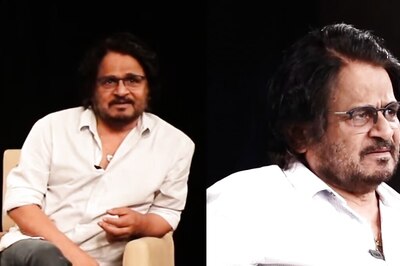
views
San Francisco: Intel awarded $500,000 to a group of do-it-yourselfers who developed a wristband that converts to a camera-equipped drone to win a contest the chipmaker hopes will help guarantee it a leading position in the emerging market for wearable computing devices.
Aimed at rock climbers, the Nixie quadcopter is worn wrapped around the wrist and springs into the air to take pictures from hard-to-reach places. Like a boomerang, it returns to its owner and then syncs with the owner's smartphone.
Falling behind Qualcomm in recent years after it was slow to embrace smartphones and tablets, Intel has been keen to make sure its processors are at the front of future technology trends.
CEO Brian Krzanich in January launched the "Make it Wearable" contest to encourage entrepreneurs and hobbyists to use Intel's chips to develop new kinds of wearable technology. The prize money is meant to help the winners bring their prototype to market.
"This was an experiment to see what we could do in this space and see what kind of creativity we could spawn," Krzanich said at an award event on Monday. "The real value in this was the diversity of the teams and ideas."
Finalists included a pad that lets premature babies in incubators feel the heartbeat of their mothers, and a necklace that uses patterns of pulses felt on the chest to give cyclists turn-by-turn directions so they don't need to look at their smartphones.
Samsung Electronics (005930.KS), Motorola and other technology companies are rolling out growing numbers of smart watches and fitness bands, but the wearable category has yet to gain major traction with consumers. Apple (AAPL.O) plans to roll out a smartwatch in 2015.
Intel, whose chips are ubiquitous in personal computers and servers, this year bought health tracker startup Basis. It also has teamed up on other wrist-worn gadgets with Fossil and Opening Ceremony.
Krzanich, a weekend tinkerer who restored a 1974 Land Cruiser in his free time, is betting that other hobbyists have as much chance as major technology companies of dreaming up compelling wearable computing gadgets.
To that end, Intel launched Edison, a tiny computer packaged in an SD-card form factor aimed at making it easy for clothing and gadget makers to integrate the platform into wearable products.
####





















Comments
0 comment